Graphic design for art exhibitions gained momentum in the early 20th century as artists sought innovative ways to market their creations to the masses. Initially, there was one prevailing approach, but today graphic design for exhibitions comes in many styles and forms. Regardless of the specific design used, graphic design plays a key role in attracting viewers and enhancing the overall experience of the exhibition. Though it may appear overly technical and rigid at first glance, it is in truth a vibrant and engaging process that can revitalize any art show. Elevate your exhibition with the latest graphic design trends and make a lasting impression on your audience.
Exhibition poster design
Designing an exhibition poster for an art exhibition requires a harmonious blend of aesthetics and information, acting as both an artwork and a communication tool. The designer often begins by understanding the theme and essence of the exhibition, making deliberate choices with color schemes, typography, and imagery that resonate with the curated works. The poster must not only capture the viewer's attention but also convey vital details such as location, dates, and the artist's name, often utilizing visual hierarchy to prioritize information effectively. A balance between white space and content ensures that the design remains appealing and legible, with the poster becoming a visual narrative that entices the audience, inviting them to explore the stories within the exhibition.
Art exhibition branding
Crafting a compelling graphic design for an art exhibition requires a blend of creativity and strategic branding to evoke the essence of the showcased works and entice potential attendees. The visual identity should seamlessly intertwine with the artists' motifs and the exhibition's underlying themes, utilizing typography, color schemes, and imagery that resonate with the art's core message. A strong brand presence for the exhibition can be established through a unified design language across different media--posters, flyers, digital promotions, and signage--ensuring a cohesive experience from the viewer's first interaction to their visit. Designers must also consider the layout and hierarchy of information in promotional materials, ensuring that the most important details, like dates and location, are prominent while the design remains aesthetically pleasing and aligned with the exhibition's artistic spirit.
Visual identity package
A visual identity package for an art exhibition involves crafting a cohesive and compelling set of design materials that echo the thematic essence of the show, creating a seamless narrative across diverse mediums such as posters, banners, digital ads, and brochures. The design process begins with developing a distinctive logo or mark symbolizing the exhibition's core message, often distilled through typography, color palettes, and imagery that align with the artistic vision. This identity extends to the exhibition's promotional materials and signage within the venue, ensuring visitors can intuitively navigate the space while being consistently reminded of the exhibition's branding. Additionally, incorporating interactive elements and multimedia presentations within the visual identity package enhances engagement, inviting audiences into an immersive experience that translates the curator's conceptual narrative into a tangible visual journey.
Exhibition catalogue layout
The graphic design of an exhibition catalogue is an intricate dance between aesthetics and functionality, serving as both a visual prelude and a permanent record of an art show. Each page must be meticulously curated to harmoniously balance images and text, ensuring that the artworks maintain prominence while information about the artists, their inspirations, and the themes of the exhibition is conveyed with clarity and elegance. Typeface selection, color palettes, and image placement are critical, as they reflect the exhibition's concept and help in evoking an emotional response from the reader. This design must encapsulate the exhibition's atmosphere, guiding the viewer through a narrative journey that mirrors the physical experience of walking through the gallery, with the goal of leaving a lasting impression that resonates long after the final page is turned.
Signage and wayfinding graphics
In designing signage and wayfinding graphics for an art exhibition, the integration of visual artistry with functional clarity is crucial to guide visitors seamlessly through the space. The design process begins with a thorough understanding of the exhibition's theme, which informs the aesthetic direction, ensuring that the signage reflects the tone and energy of the artwork on display. Typography choices are paramount; they must be legible at a distance yet stylistically congruent with the overall visual narrative, employing a balance between boldness for visibility and subtlety for elegance. Color palettes play a significant role, often drawing from the artworks or the gallery's interior design to maintain cohesion, where contrasts are meticulously calibrated to enhance readability while ensuring that the signage complements rather than competes with the artworks themselves.
Artist statement panels
Artist statement panels play an integral role in art exhibitions, as they provide viewers with insight into the conceptual underpinnings and motivations behind the artwork. These panels, often impeccably designed to resonate with the aesthetic and thematic elements of the exhibition, use typography and layout to enhance readability and engagement. Designers must carefully balance the content, ensuring that the text is concise yet substantial enough to guide the audience into the mind and world of the artist without overwhelming or detracting from the visual artworks themselves. Additionally, the choice of materials and finishes in the panels often complements the art, with options ranging from sleek acrylic to textured natural fibers, further amplifying the intended emotional and intellectual impact of the exhibition.
Promotional materials
The promotional materials for an art exhibition require a cohesive and visually captivating design strategy to effectively convey the essence of the artwork and attract potential attendees. Posters usually serve as a primary canvas where bold typography, dynamic imagery, and a harmonious color palette come together to create an initial impact, often incorporating elements that reflect the exhibition's theme or the artist's unique style. Brochures and catalogs play a more informative role, blending aesthetic appeal with comprehensive details about the showcased artists, their works, and the event schedule, making the use of high-quality images and clear, engaging layouts imperative. Digital materials, such as social media graphics and website assets, must focus on adaptability and interactivity, integrating animations or multimedia to enhance user engagement while ensuring that the design remains consistent with printed materials to maintain brand uniformity across platforms.
Invitation card design
Designing a captivating invitation card for an art exhibition requires a skilful balance between visual aesthetics and thematic coherence, drawing the audience's attention while encapsulating the essence of the exhibit. The choice of colors should mirror the art being showcased, opting for a minimalist palette if the exhibition leans toward contemporary styles, or rich, vivid hues for traditional and abstract collections to evoke the emotional landscape of the showcased pieces. Typography plays a critical role, where the font choice must complement the artwork, be it serif fonts for a classic feel or sans-serif for a modern touch, ensuring legibility while aligning with the exhibition's theme. Incorporating elements such as textures or patterns reminiscent of the featured artworks can provide a tactile and visual allure, drawing the viewer in with a sensory preview of the exhibit's ambiance, all while maintaining a coherent and professional layout that facilitates easy access to event details.
Digital marketing assets
Graphic design for an art exhibition in the realm of digital marketing demands meticulous attention to visual coherence and brand identity, leveraging cutting-edge tools like Adobe Creative Suite and Figma to produce compelling promotional materials. Emphasizing the exhibition's theme, designers create high-resolution banners and engaging videos, ensuring consistency across platforms such as social media, email campaigns, and website banners. Audience engagement is heightened through interactive content like Instagram stories and augmented reality experiences that bring the art to life, inviting users into a world that merges traditional artistry with modern technology. Analytics play a crucial role as designers must constantly iterate based on performance data, identifying which elements captivate the audience most effectively and tweaking designs for maximum impact, thus ensuring the art exhibition not only attracts visitors but leaves a lasting digital footprint.
Gallery wall graphics
Gallery wall graphics play a pivotal role in elevating the visual narrative of an art exhibition, guiding the viewers' experience through a harmonious blend of aesthetic coherence and informational clarity. The strategic layout of these graphics involves a delicate balance between typeface selection, color palette, and spatial organization, each choice enhancing the thematic consistency and user engagement of the exhibition. Designers meticulously integrate textual elements, such as artist names, artwork titles, and interpretive labels, employing legibility and hierarchy principles to ensure viewers can navigate the space effortlessly while still appreciating the overarching artistic intent. Furthermore, innovative use of materials and textures in wall graphics can complement the physical properties of the artworks themselves, offering tactile or visual contrasts that deepen the audience's immersion and connection to the exhibition's conceptual framework.






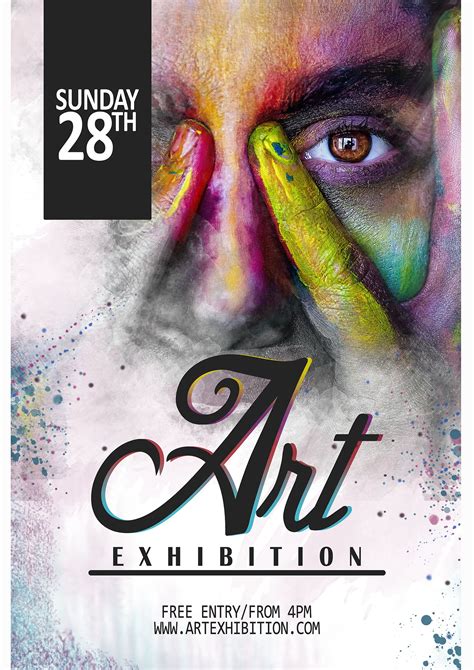
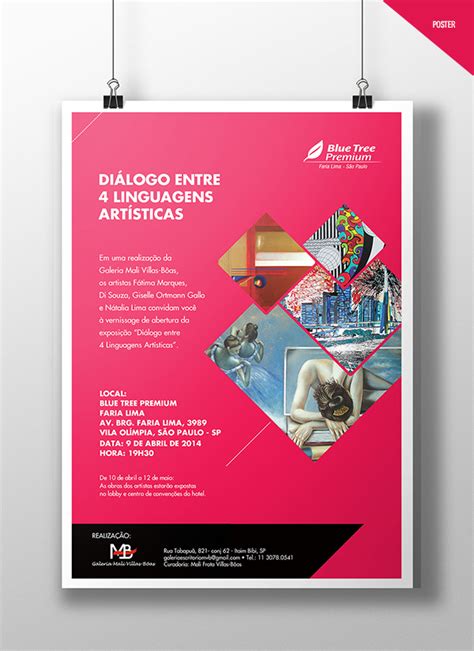
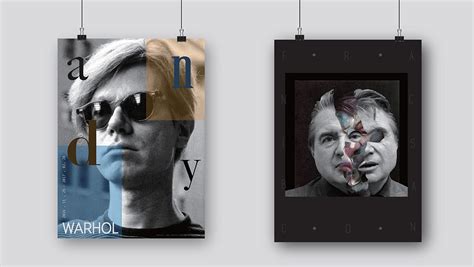
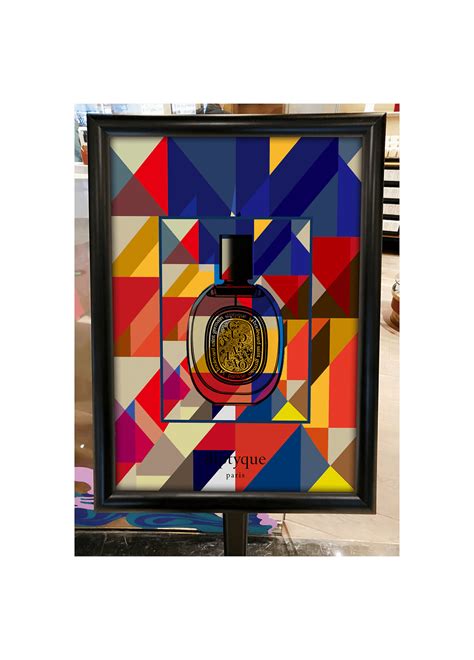
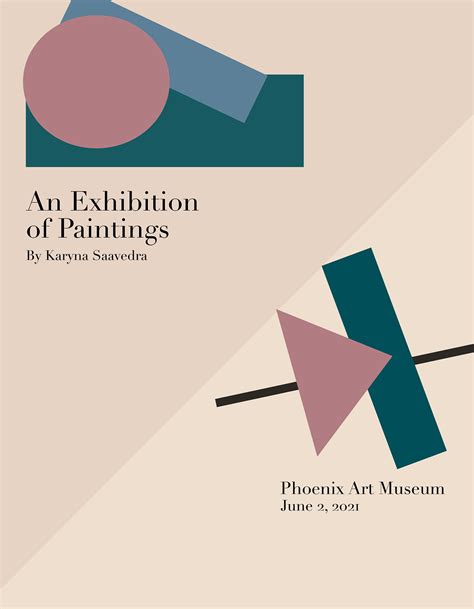
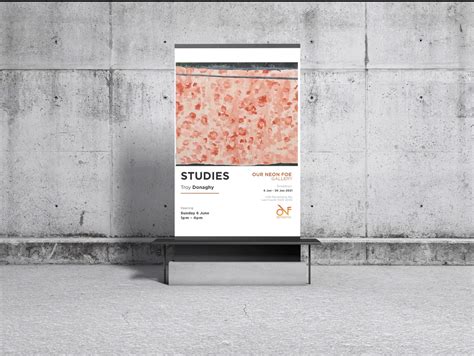
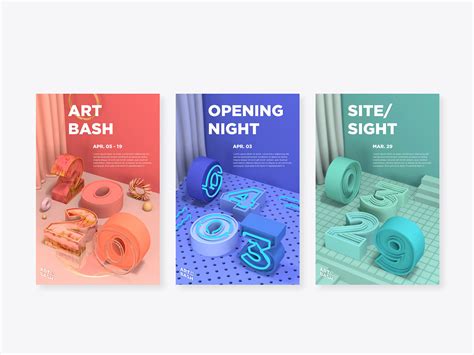
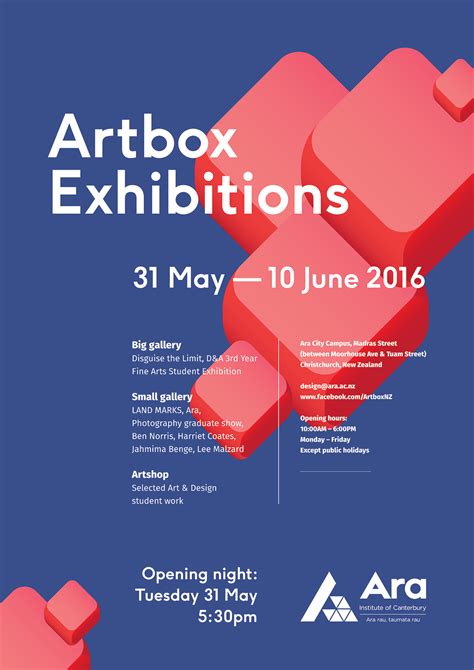
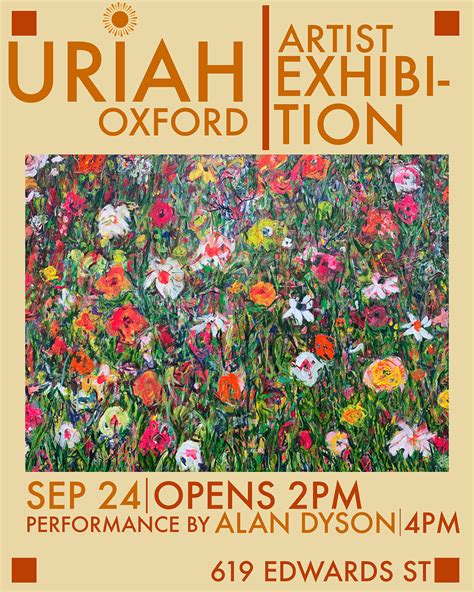
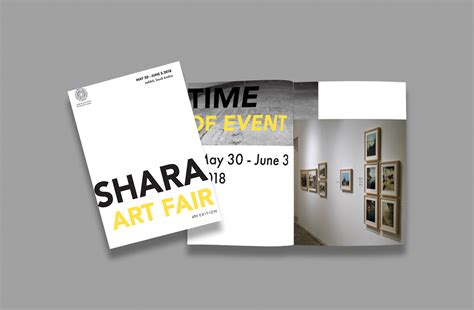
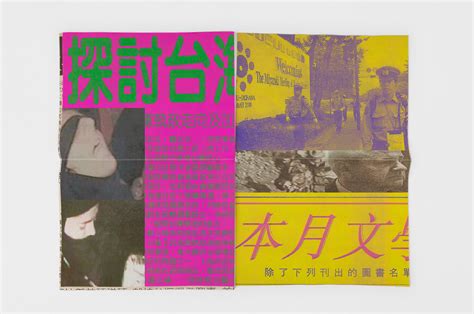
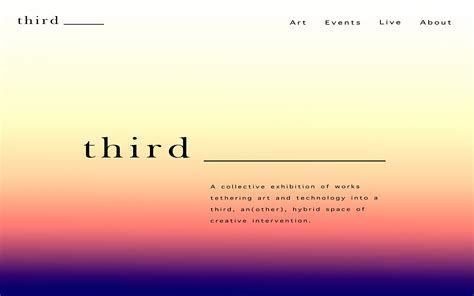
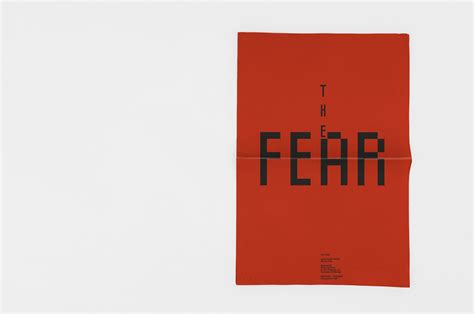
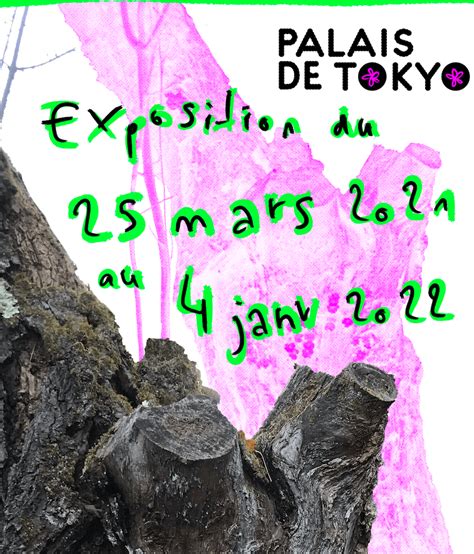
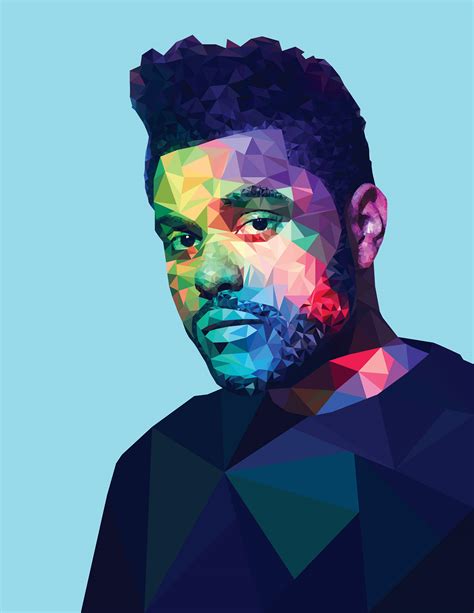
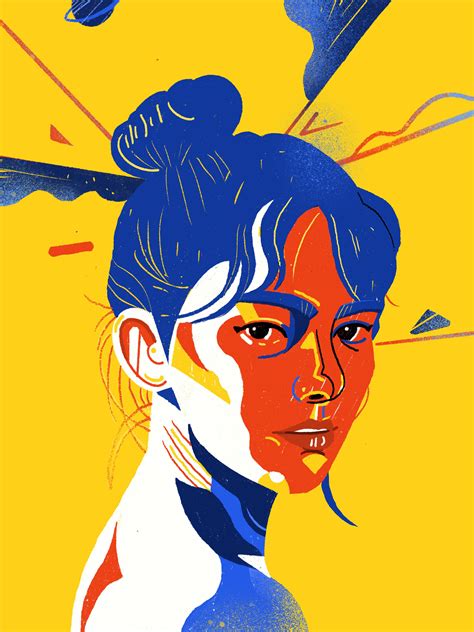

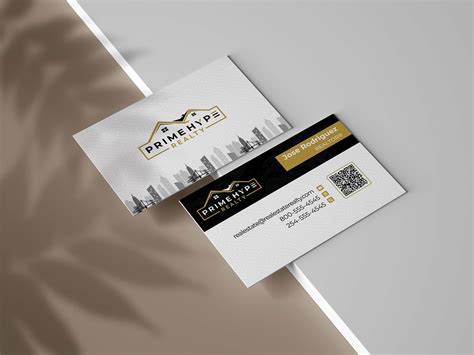
Leave a Reply
Your email address will not be published.